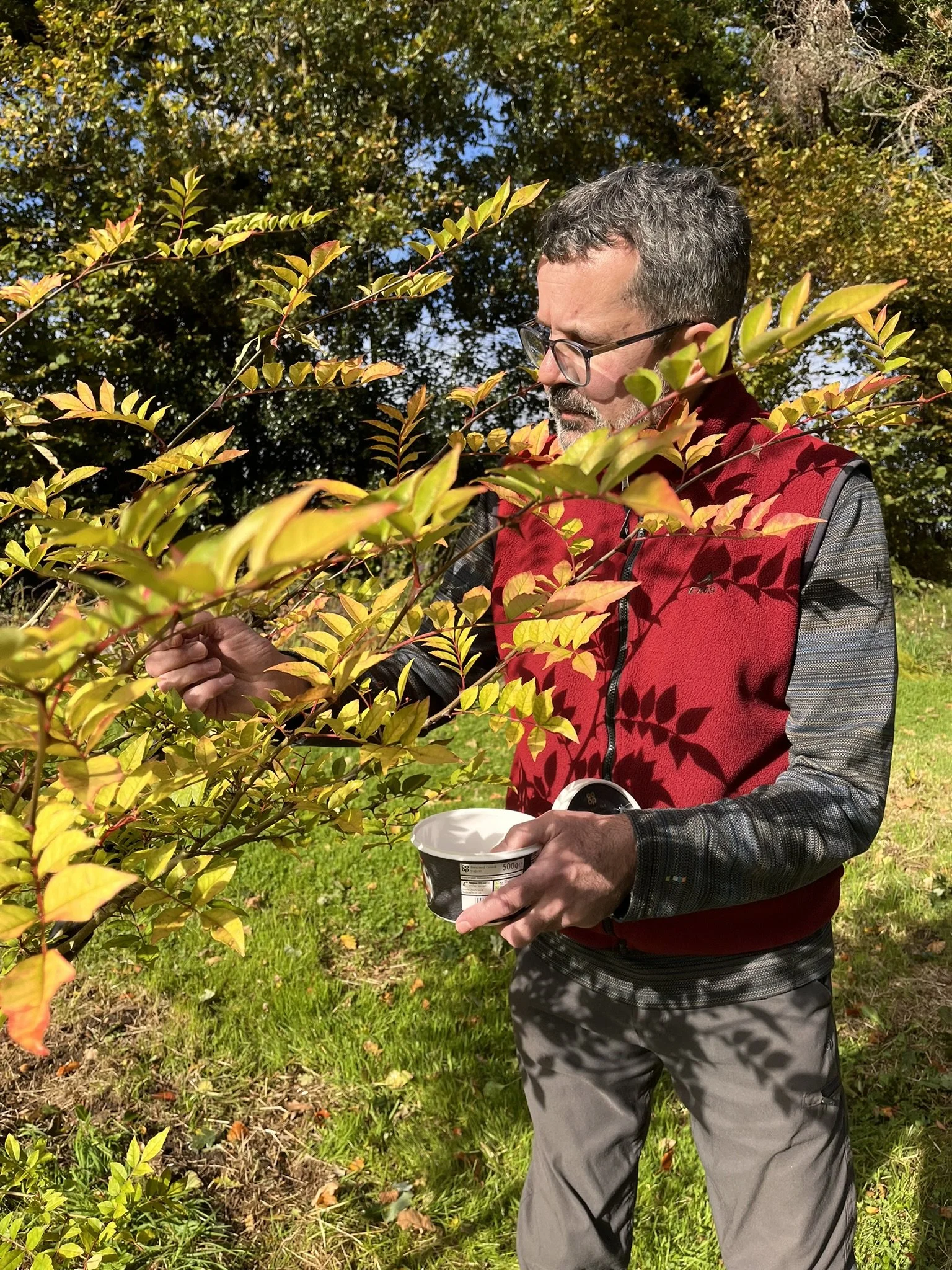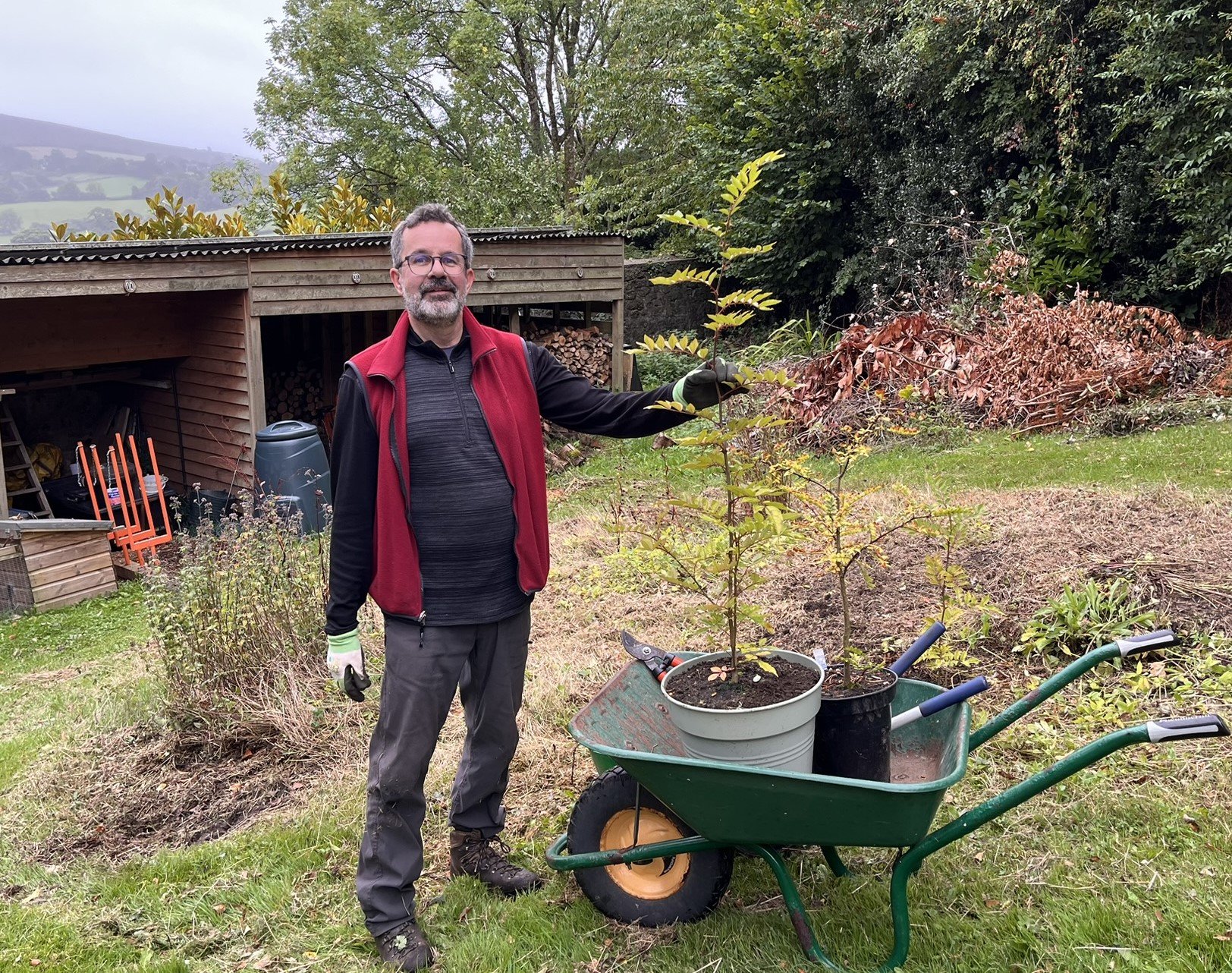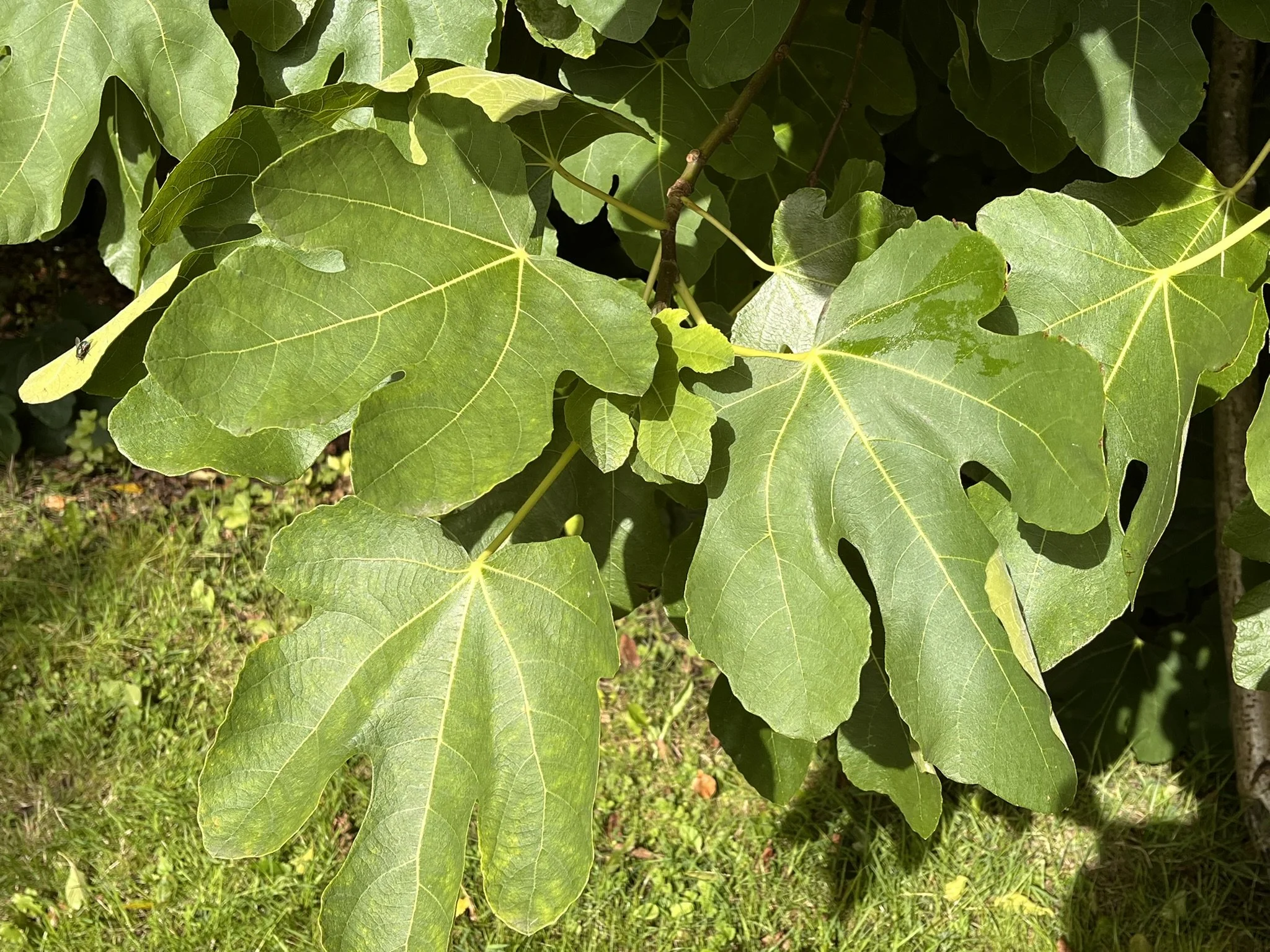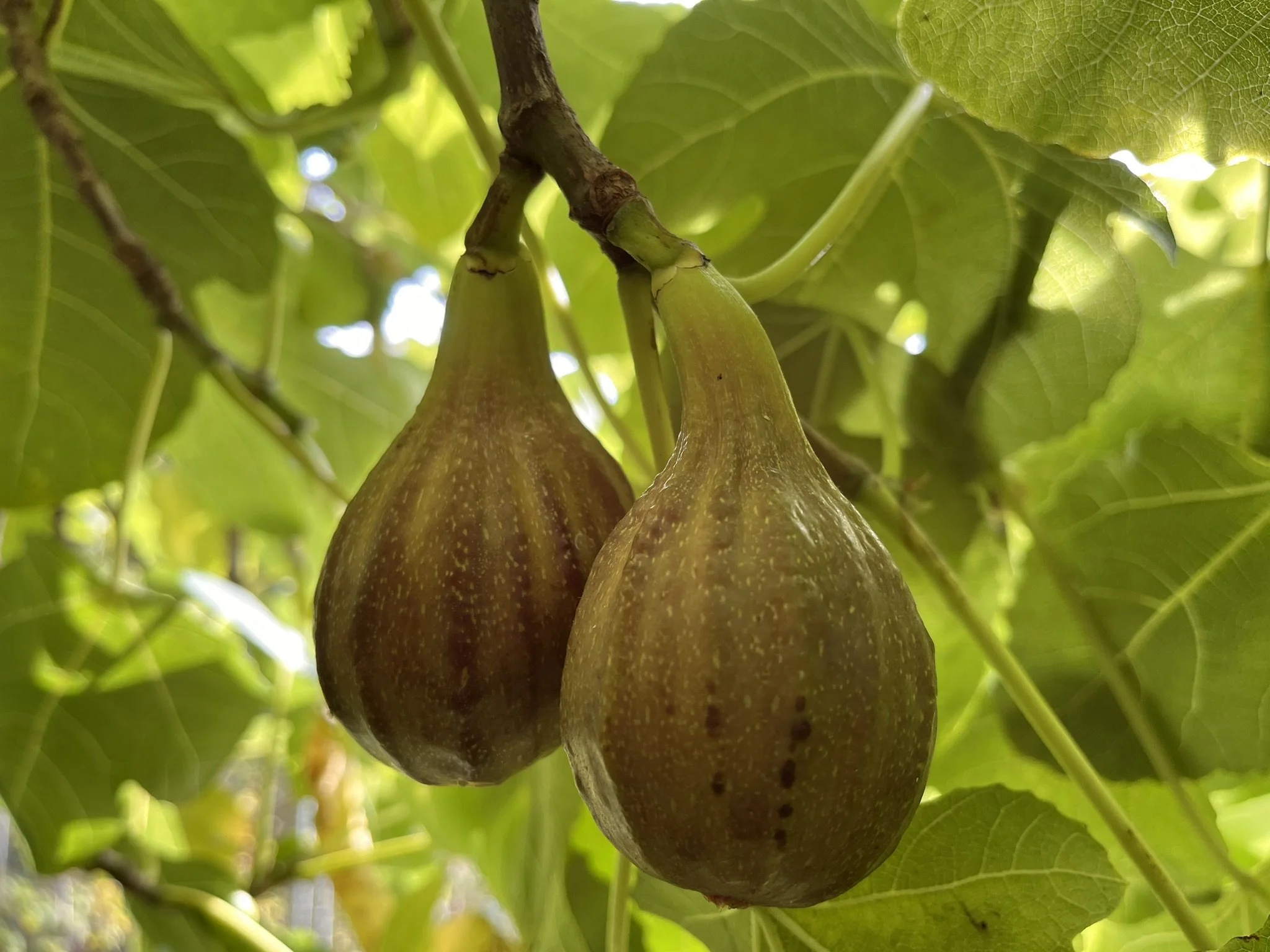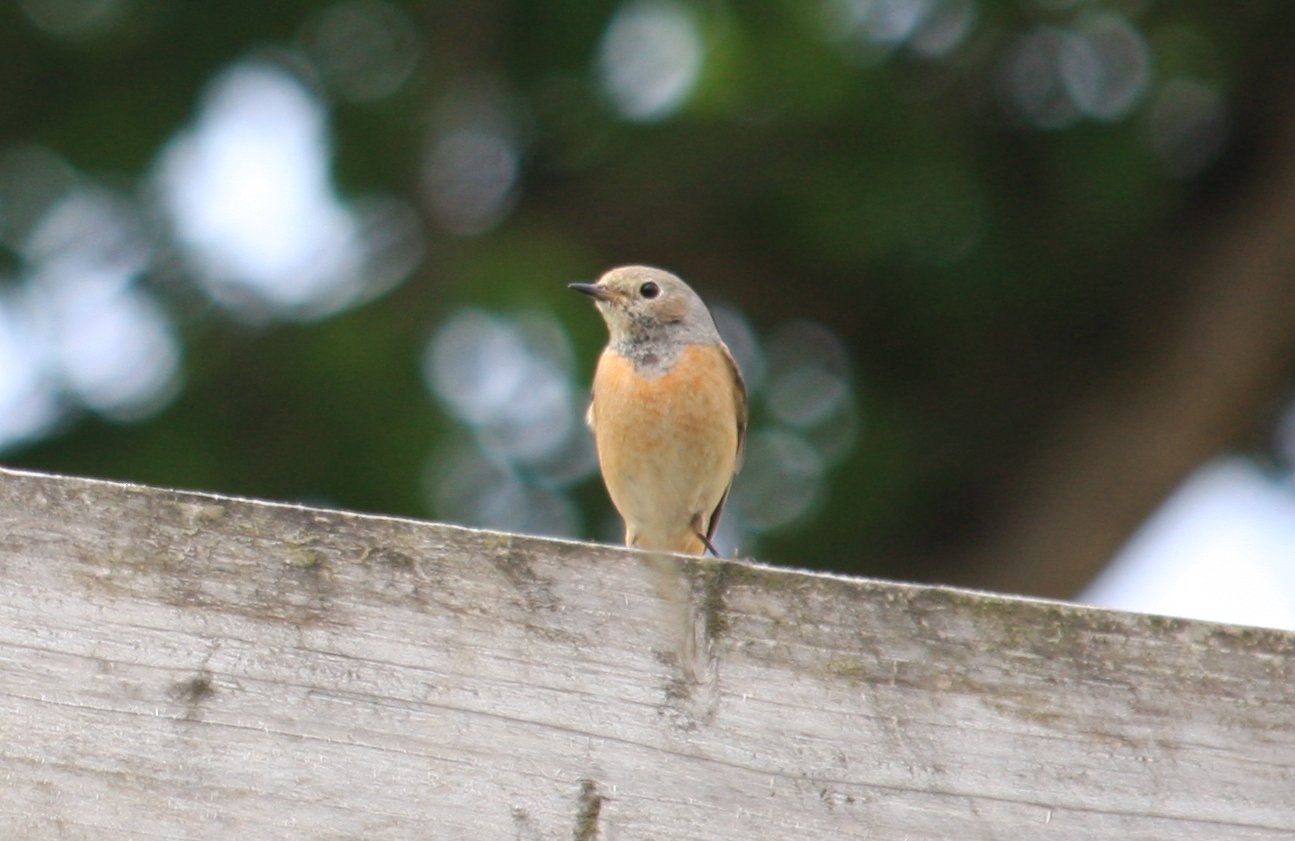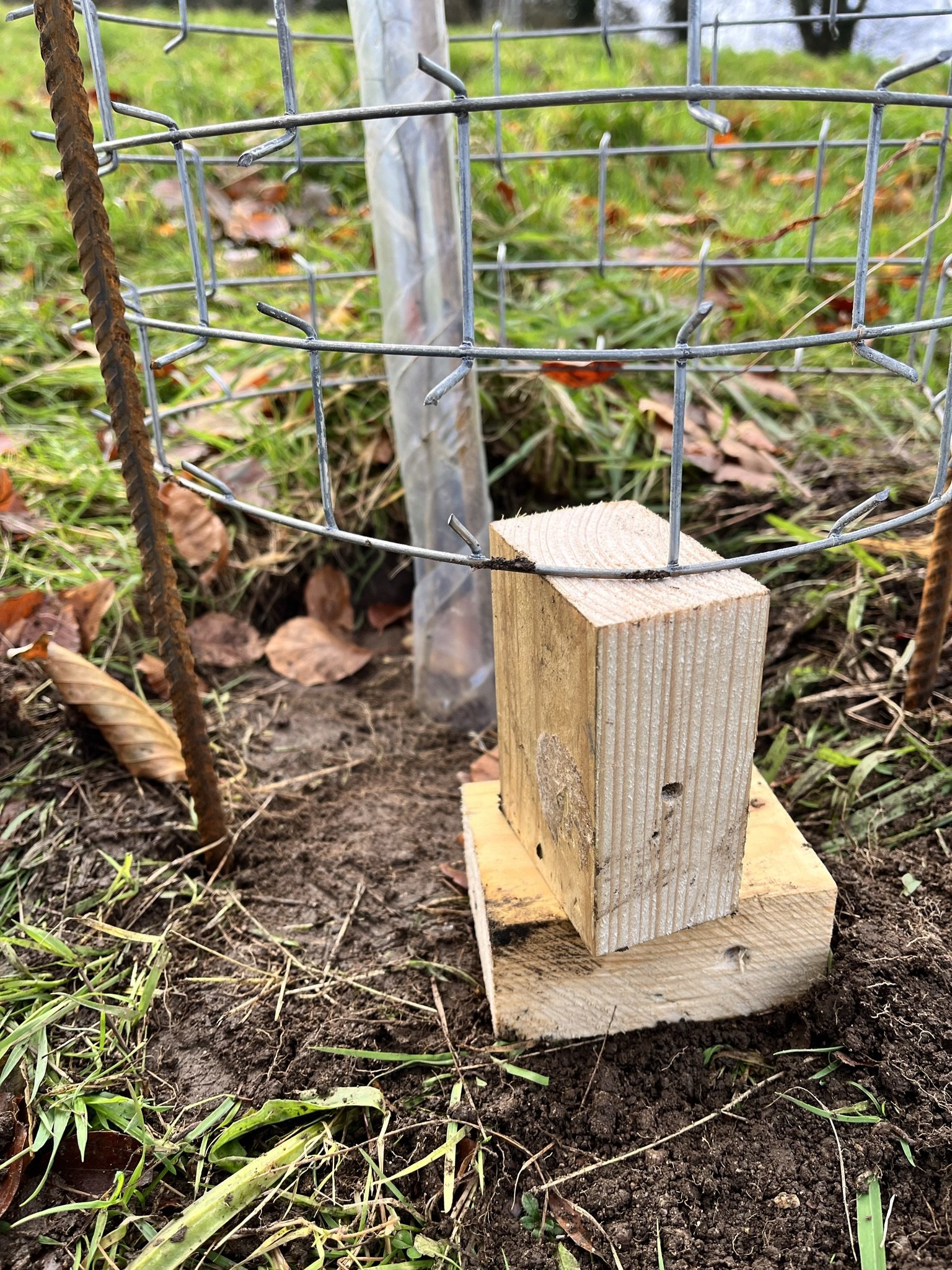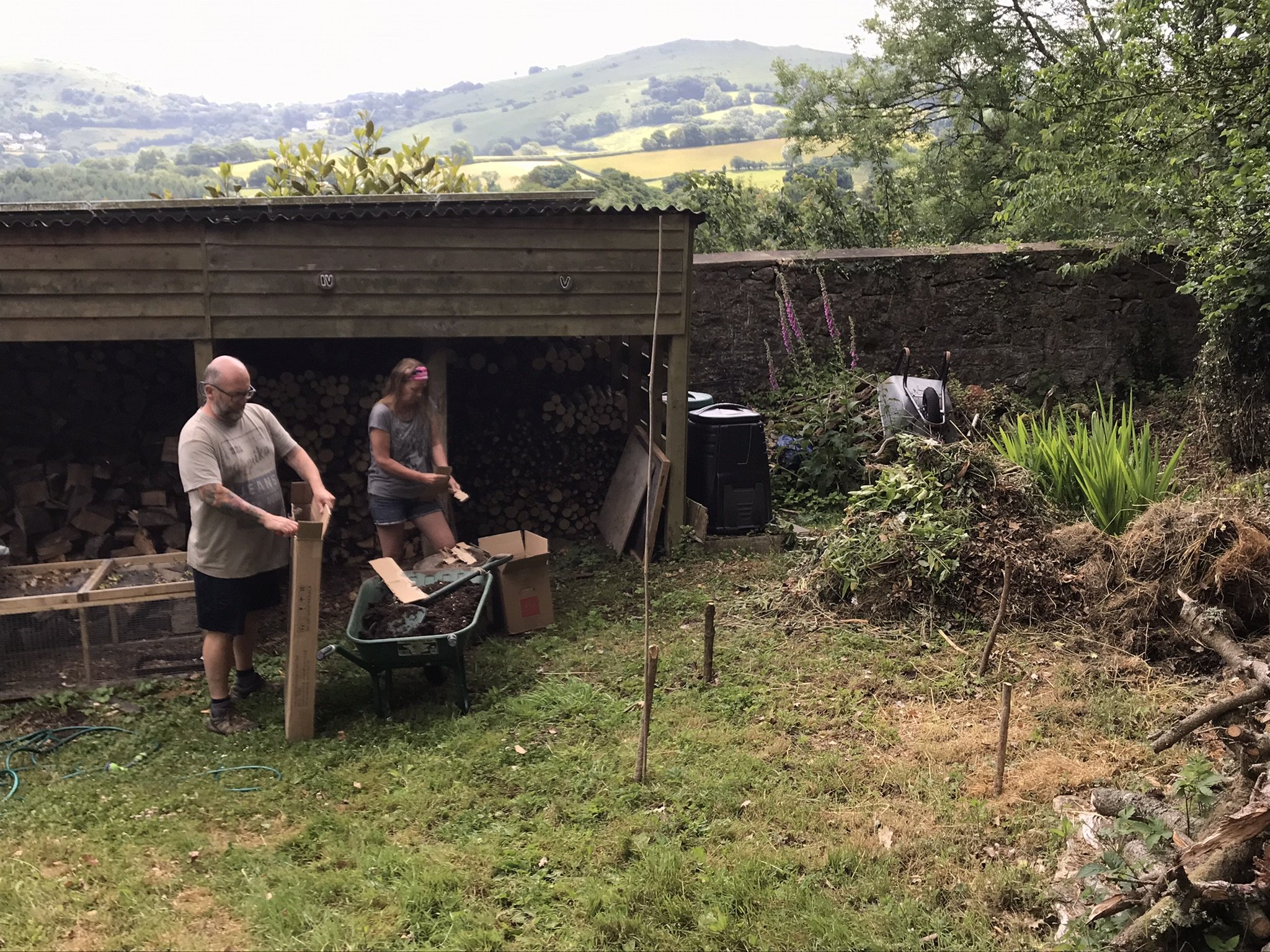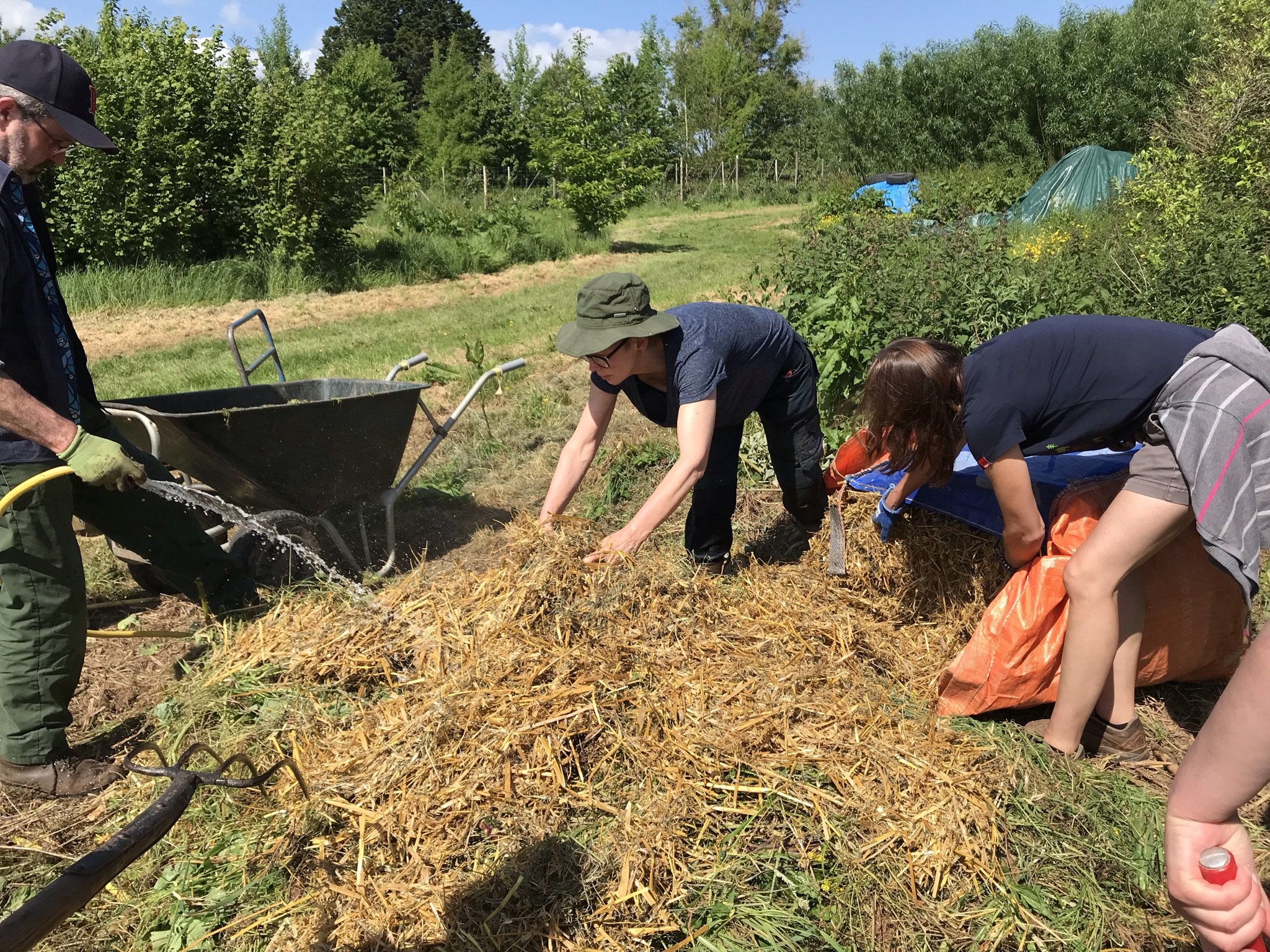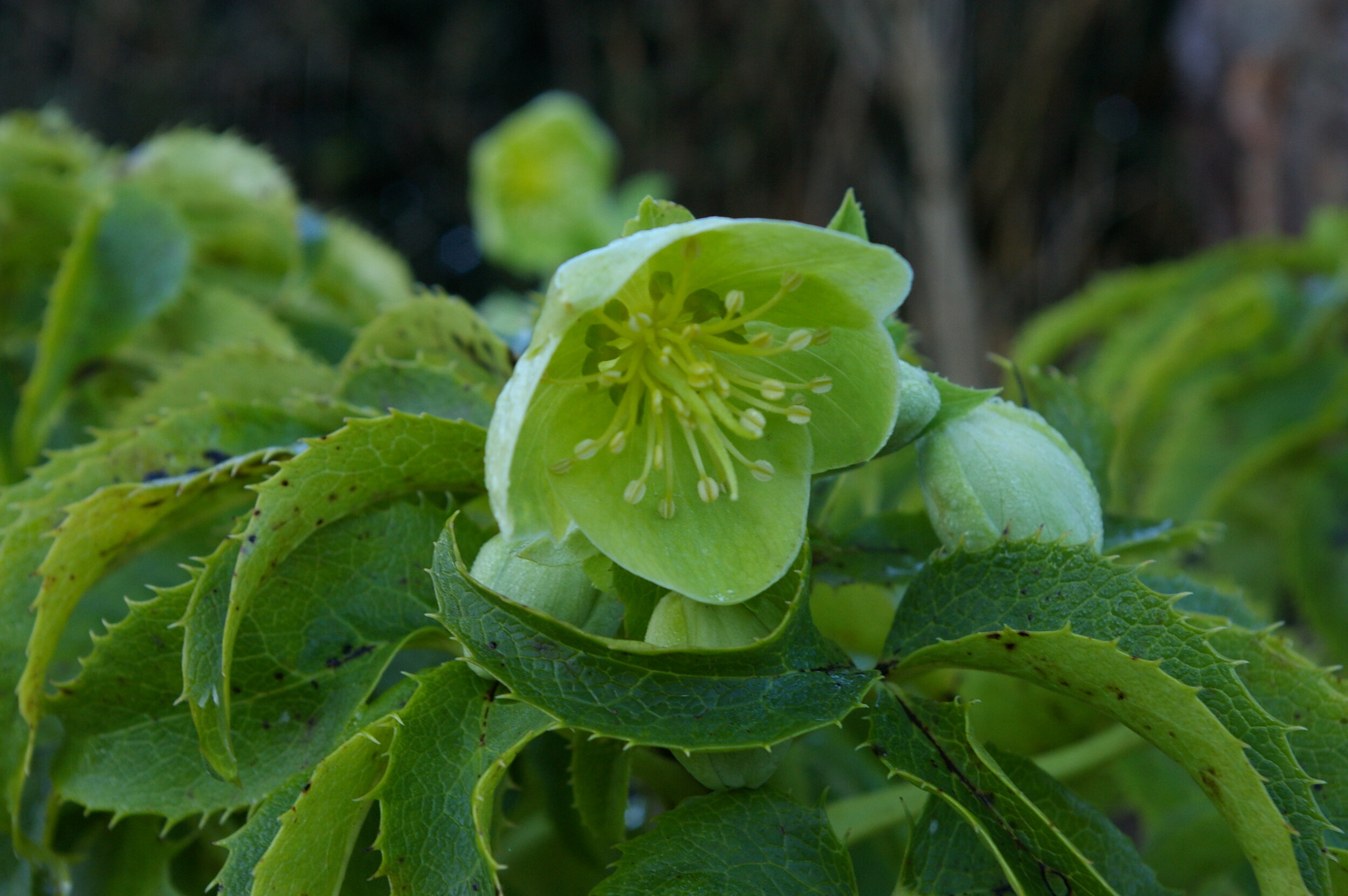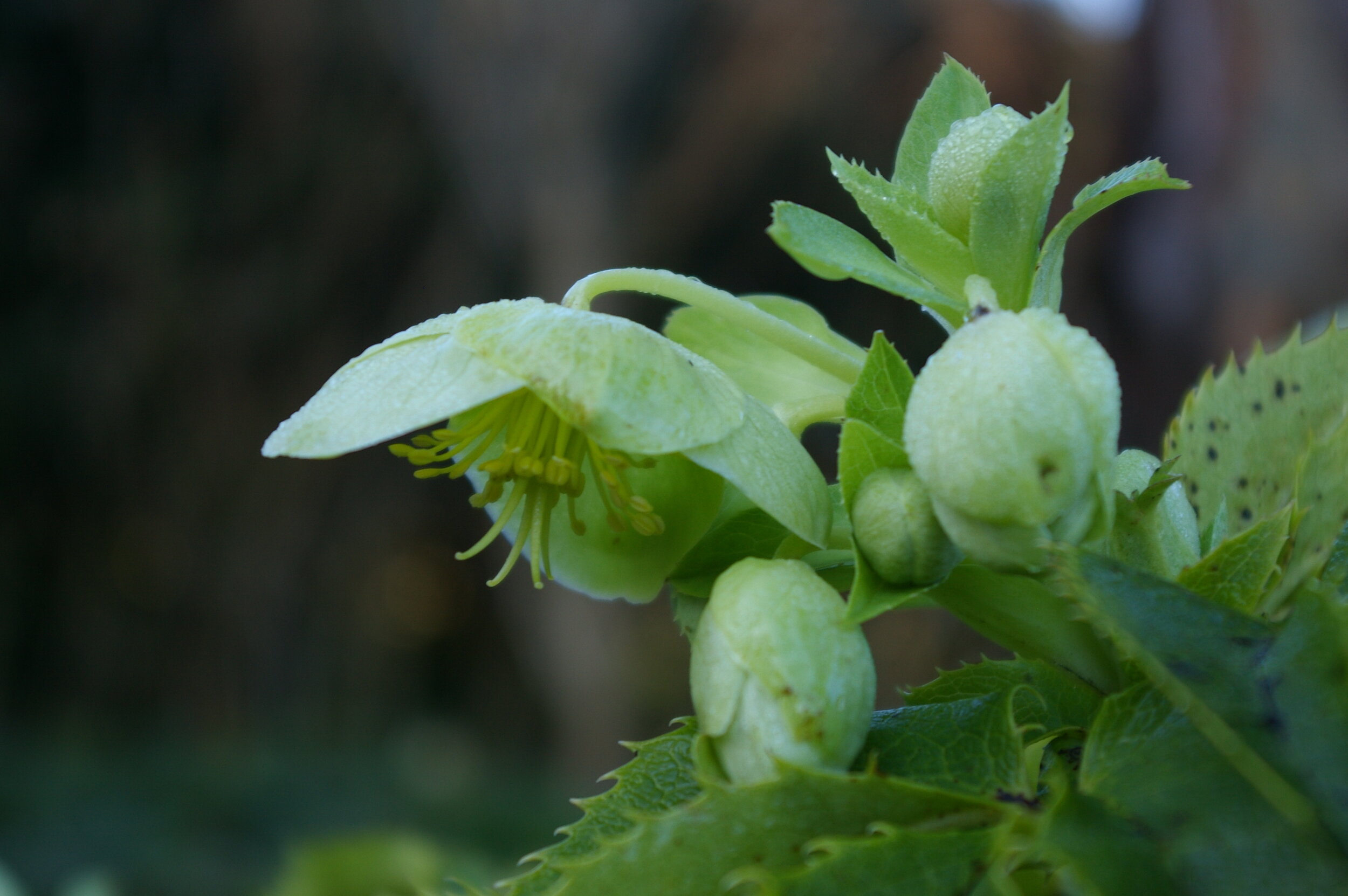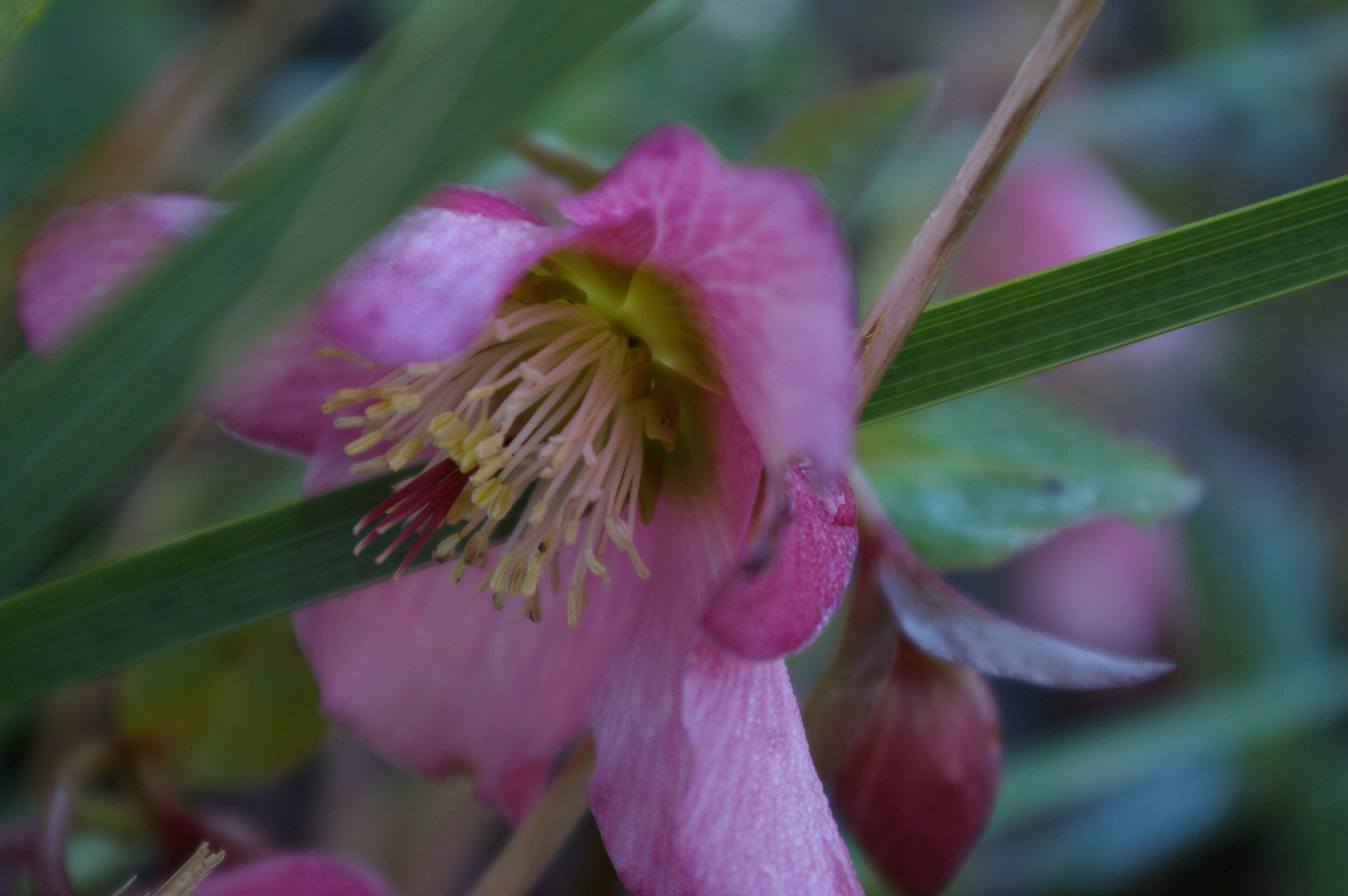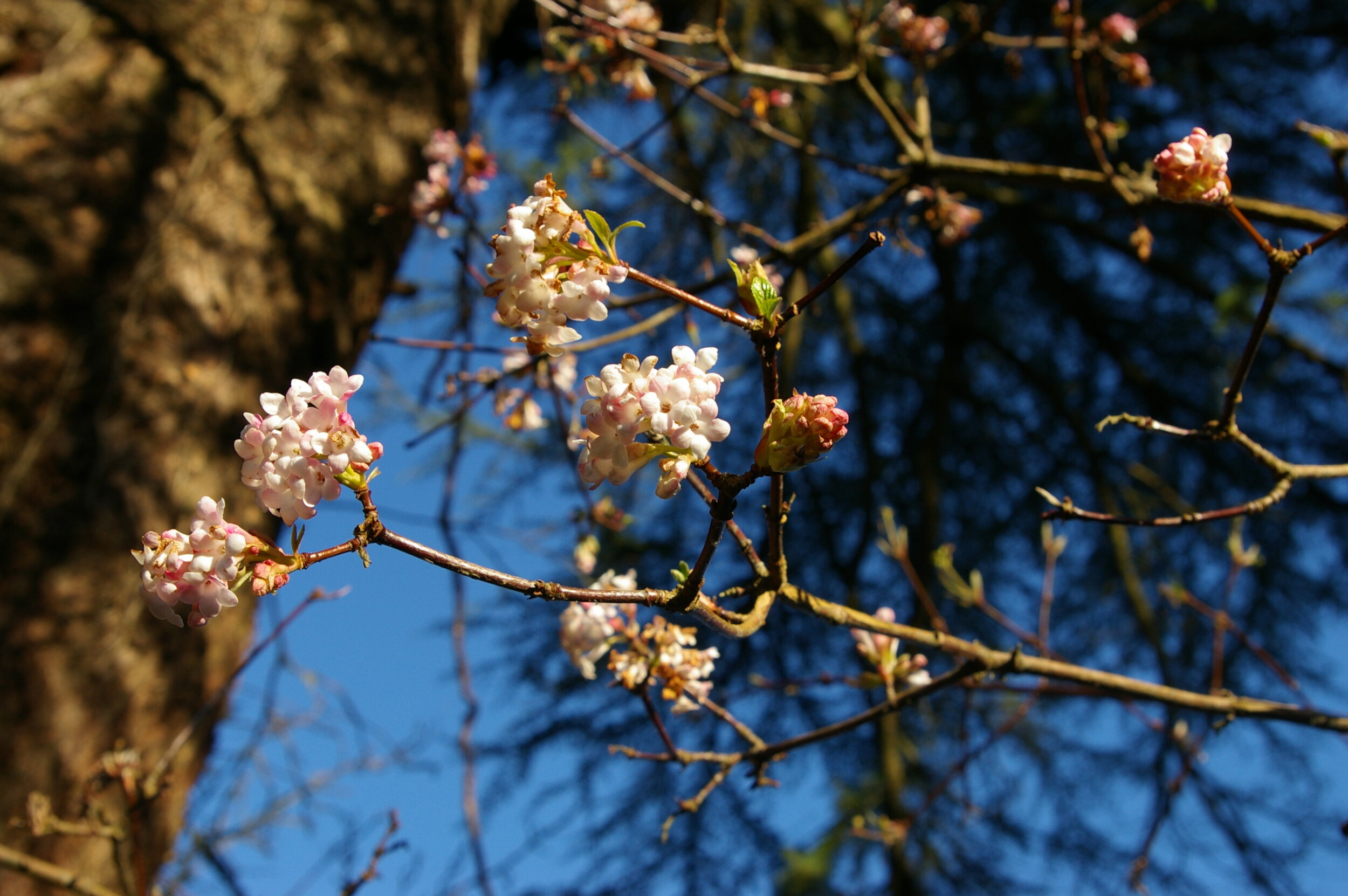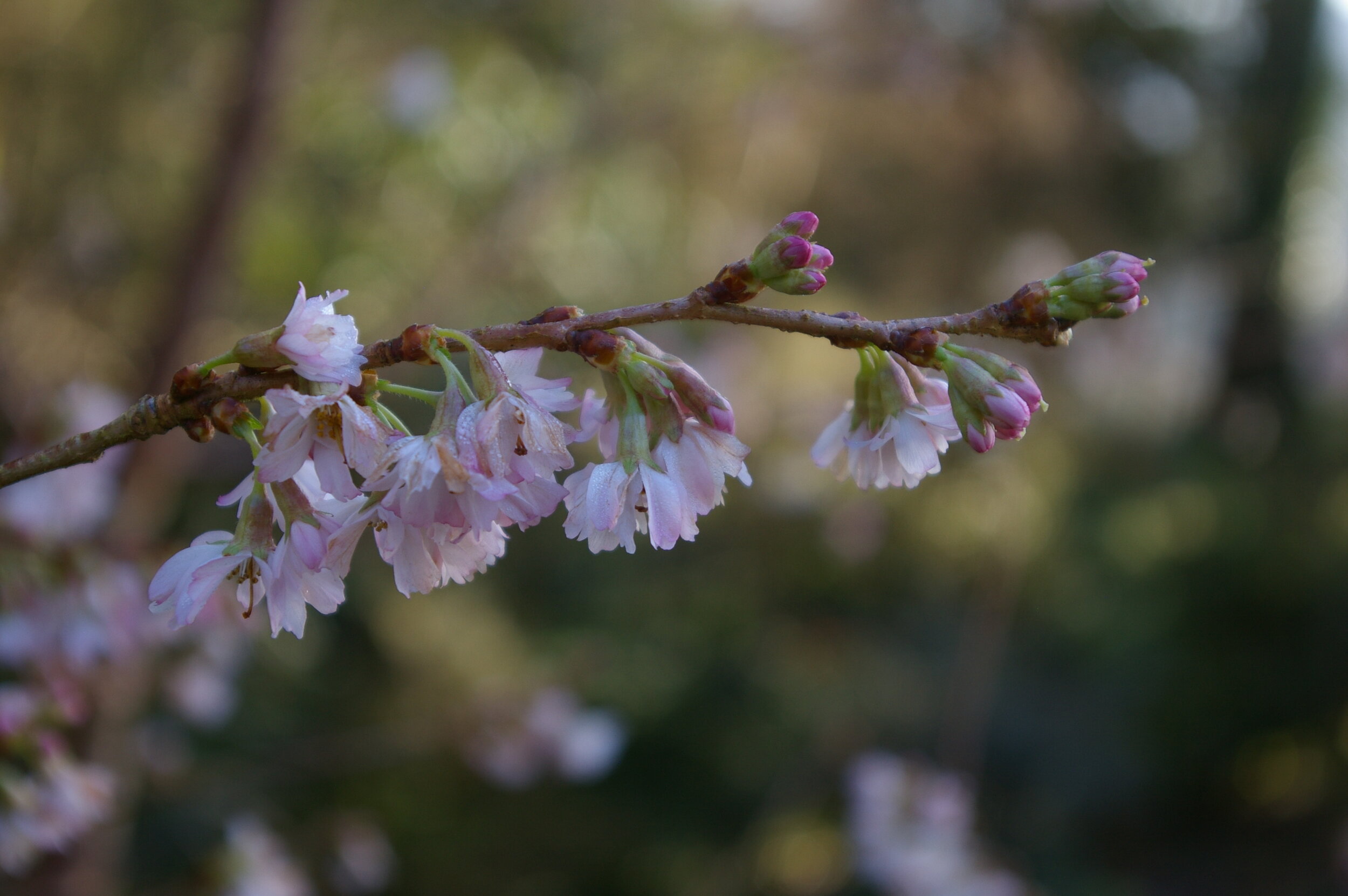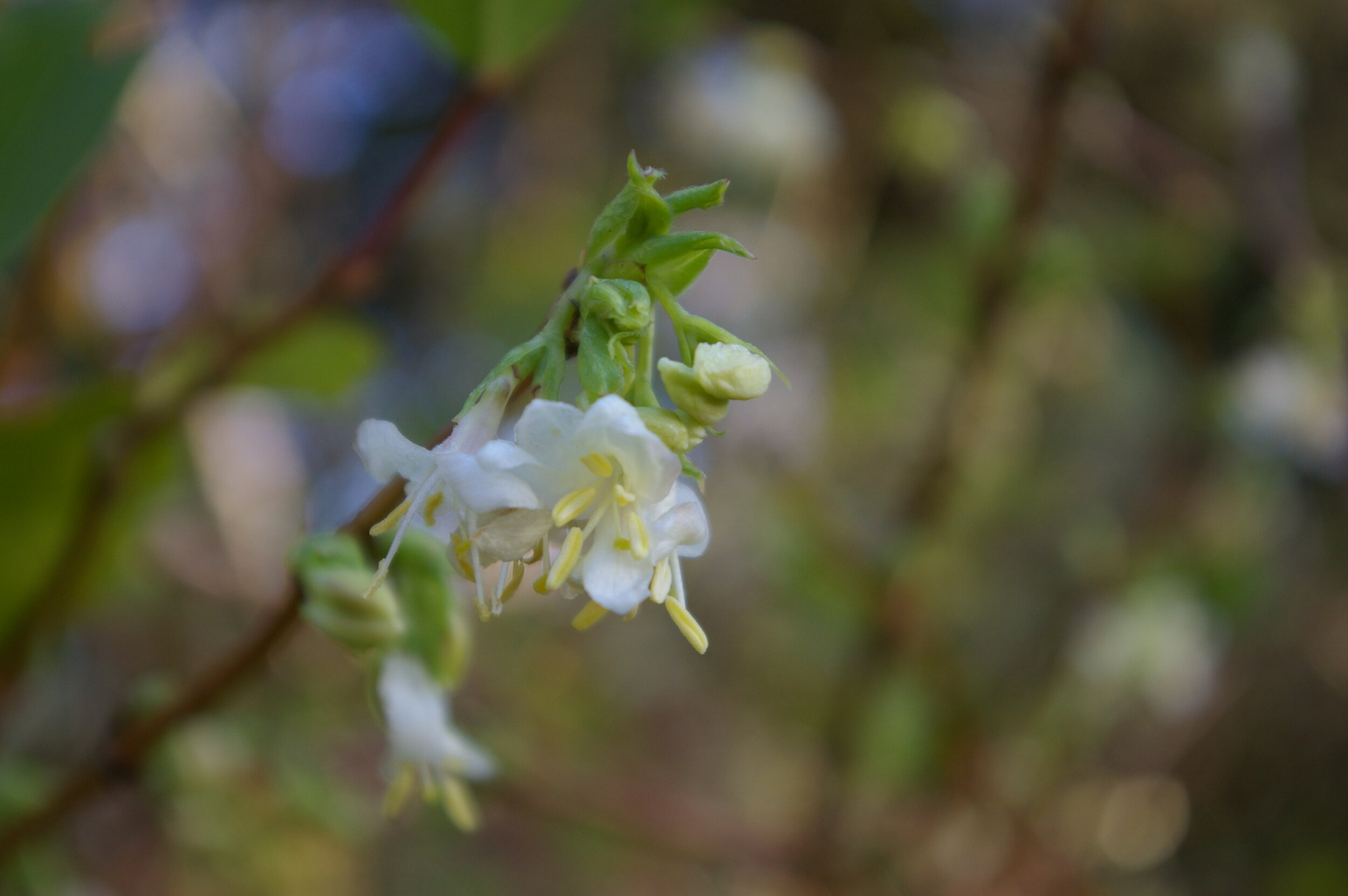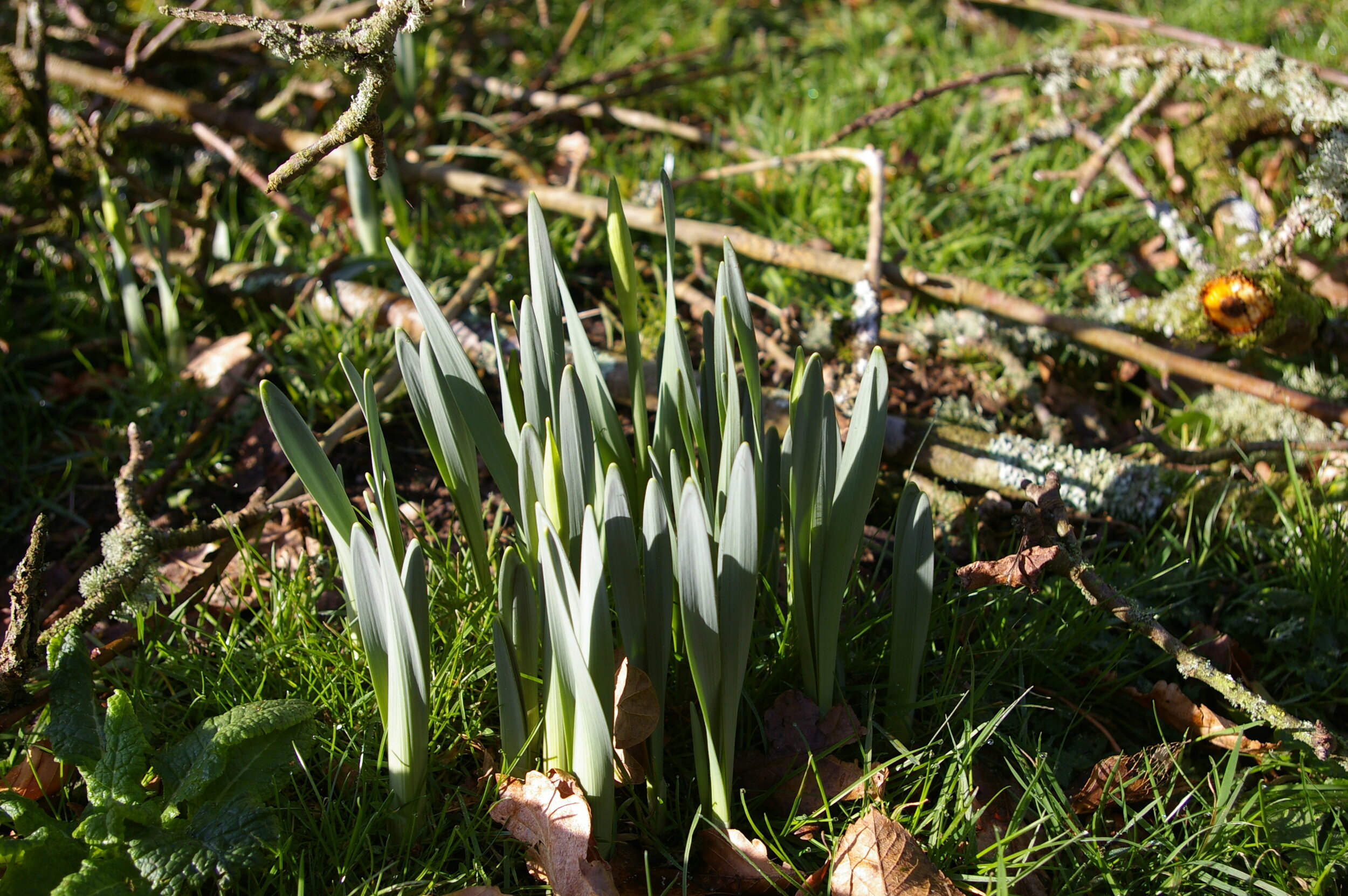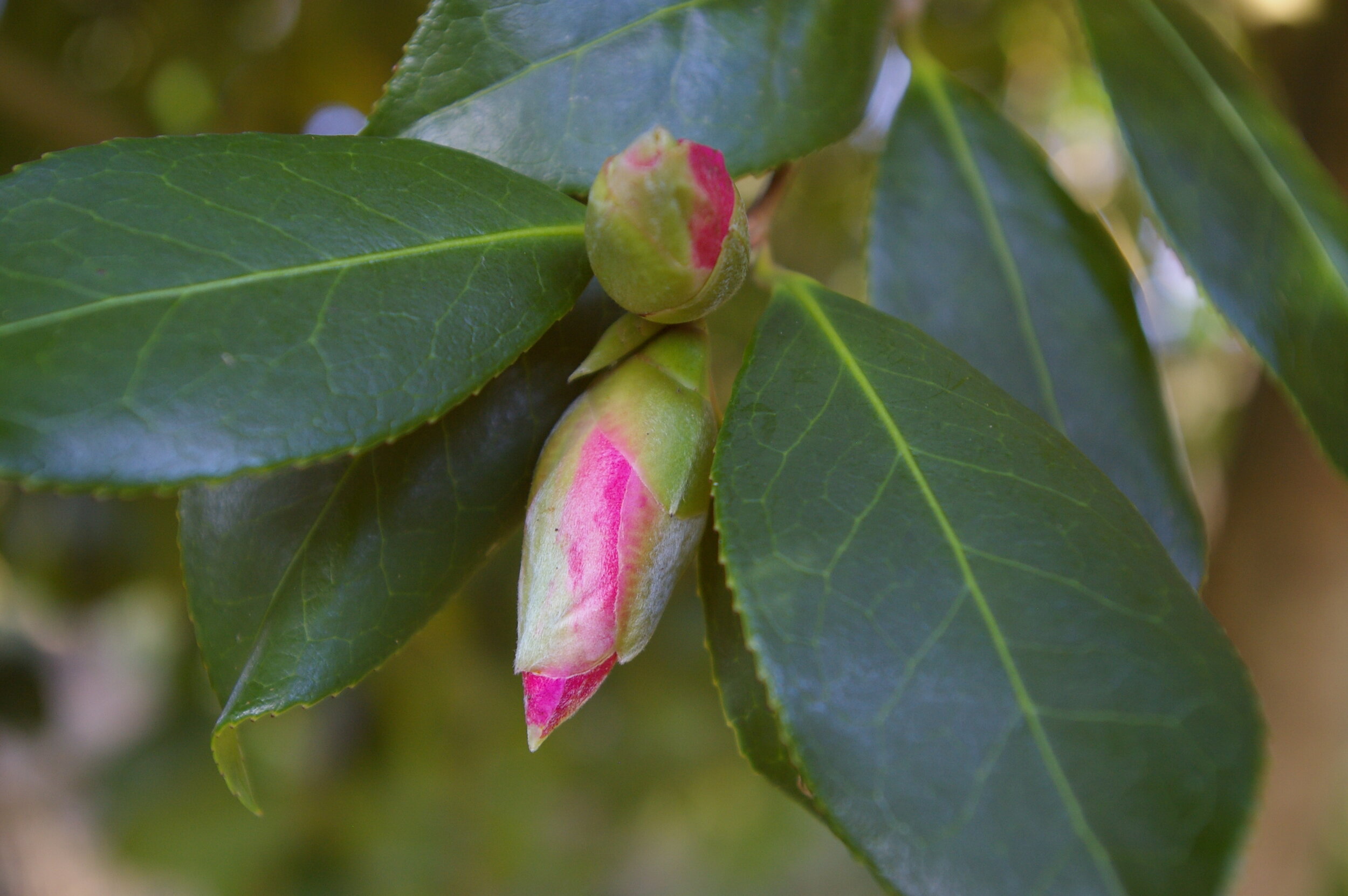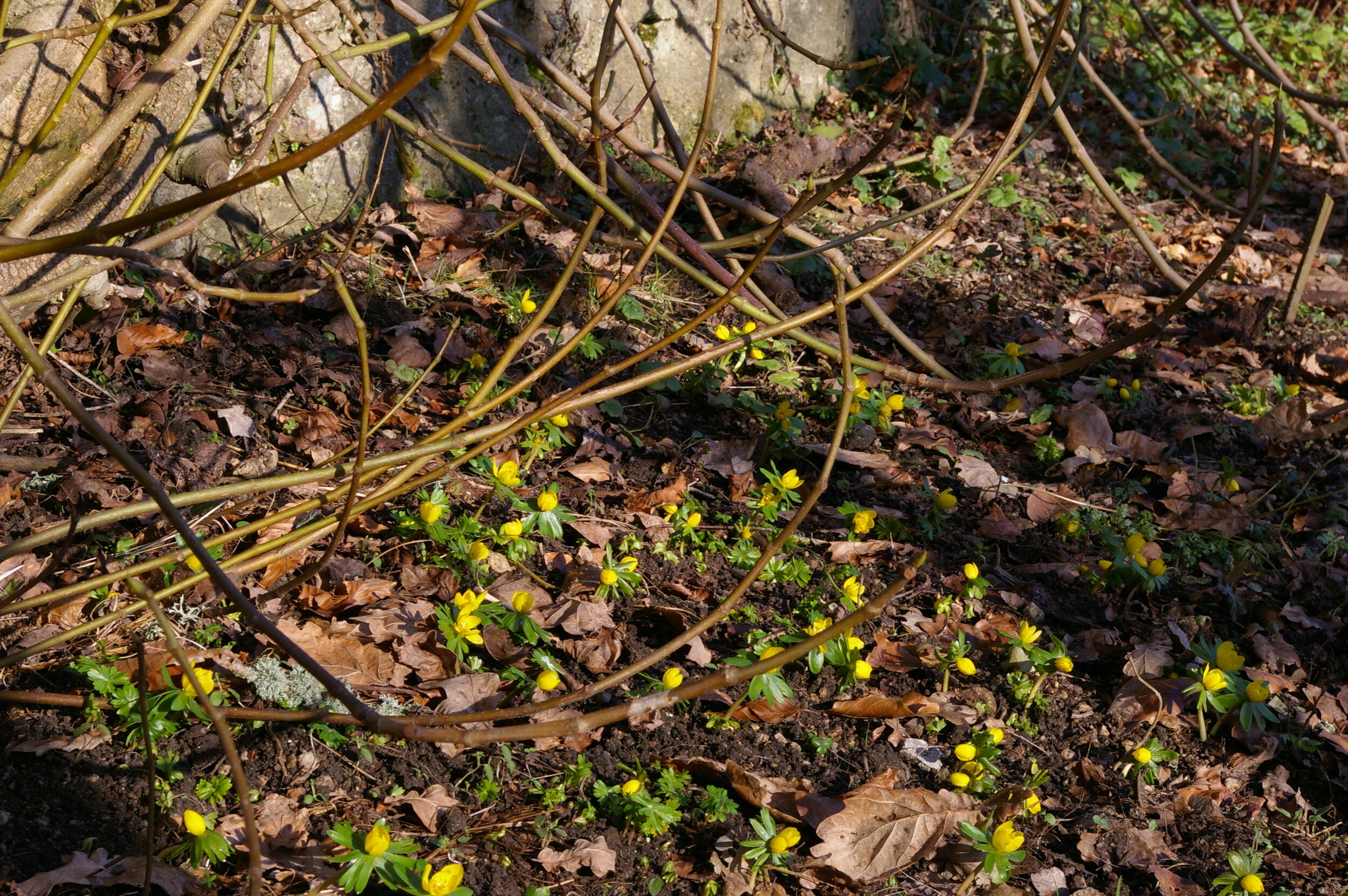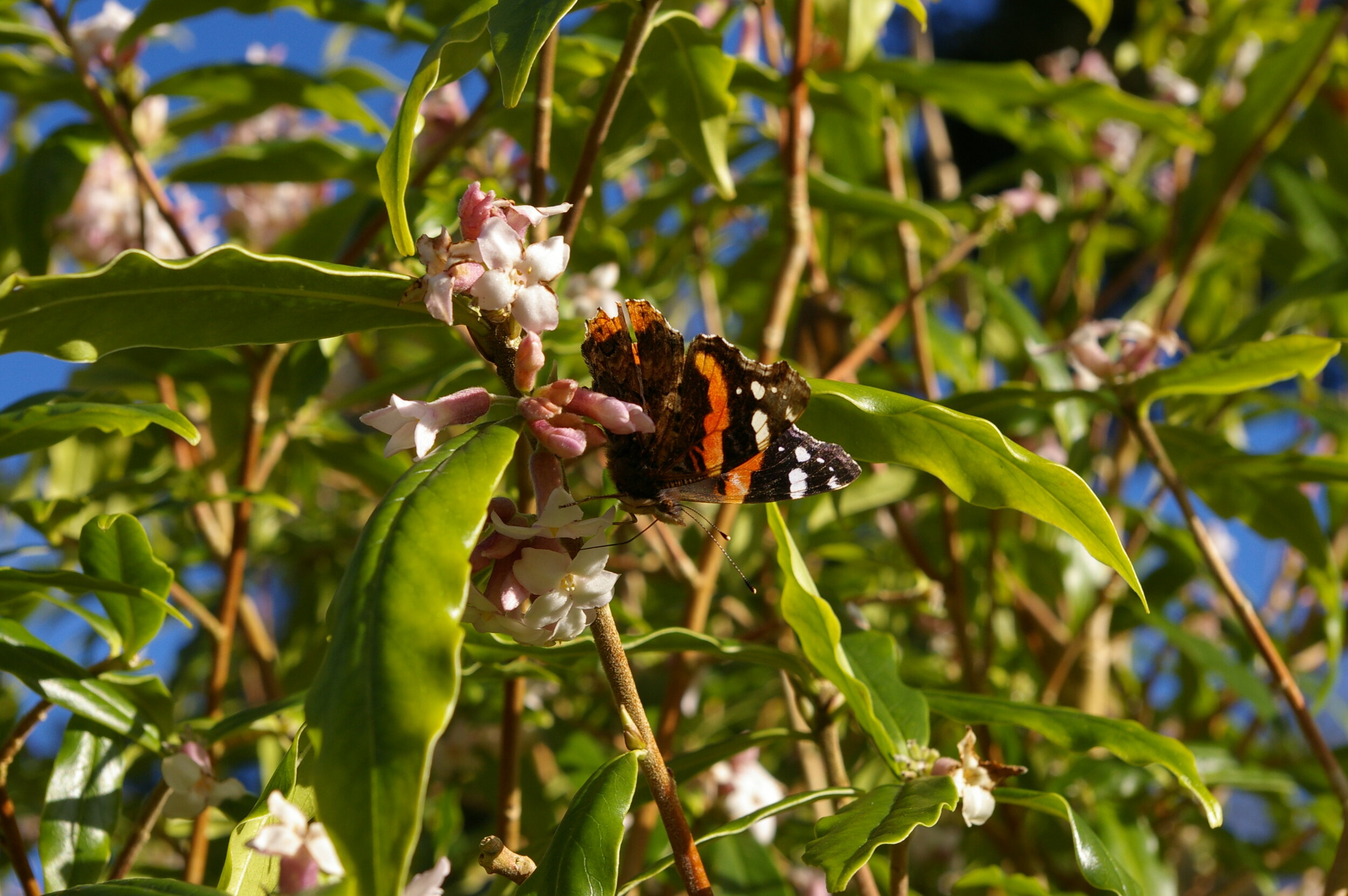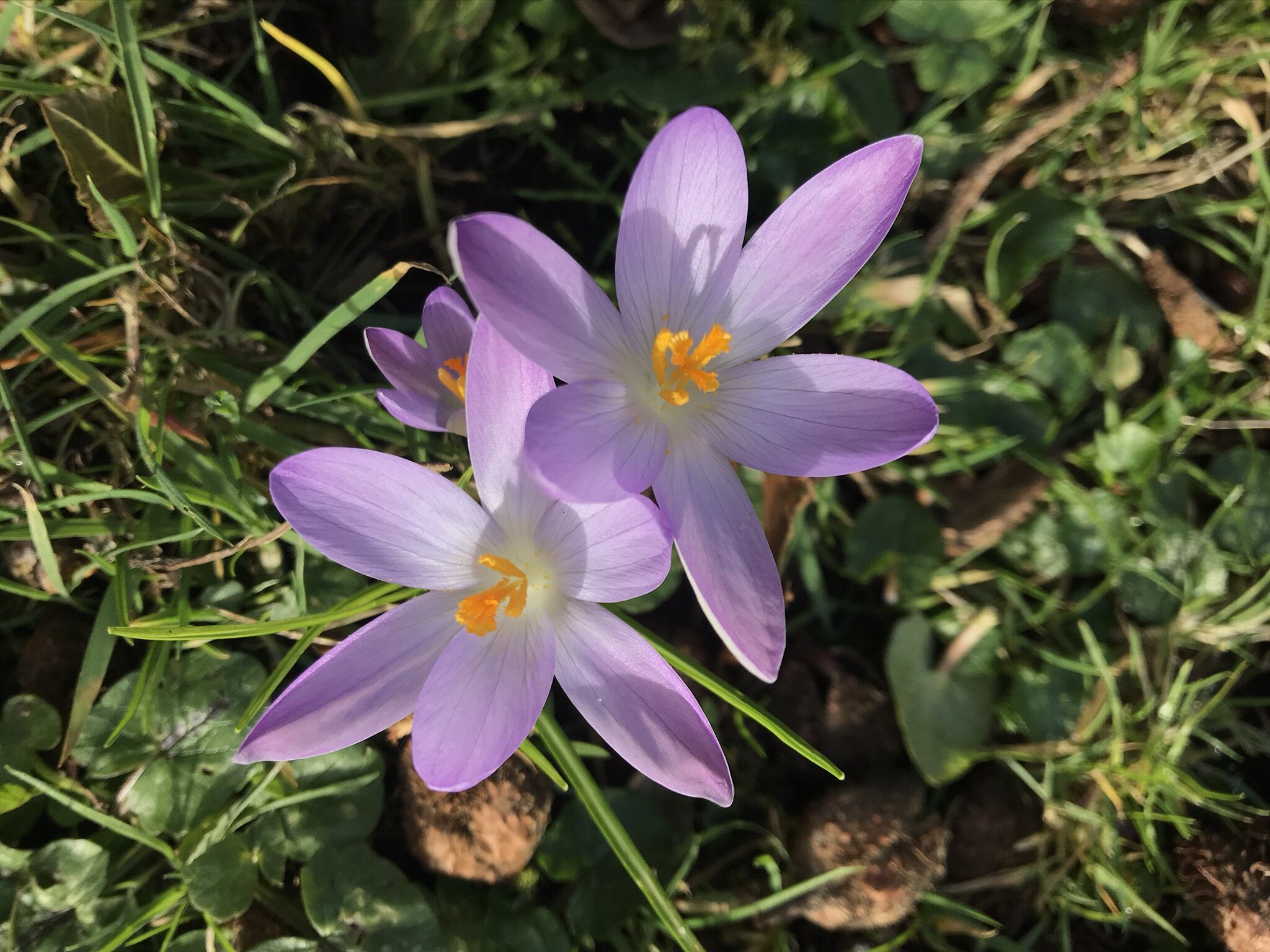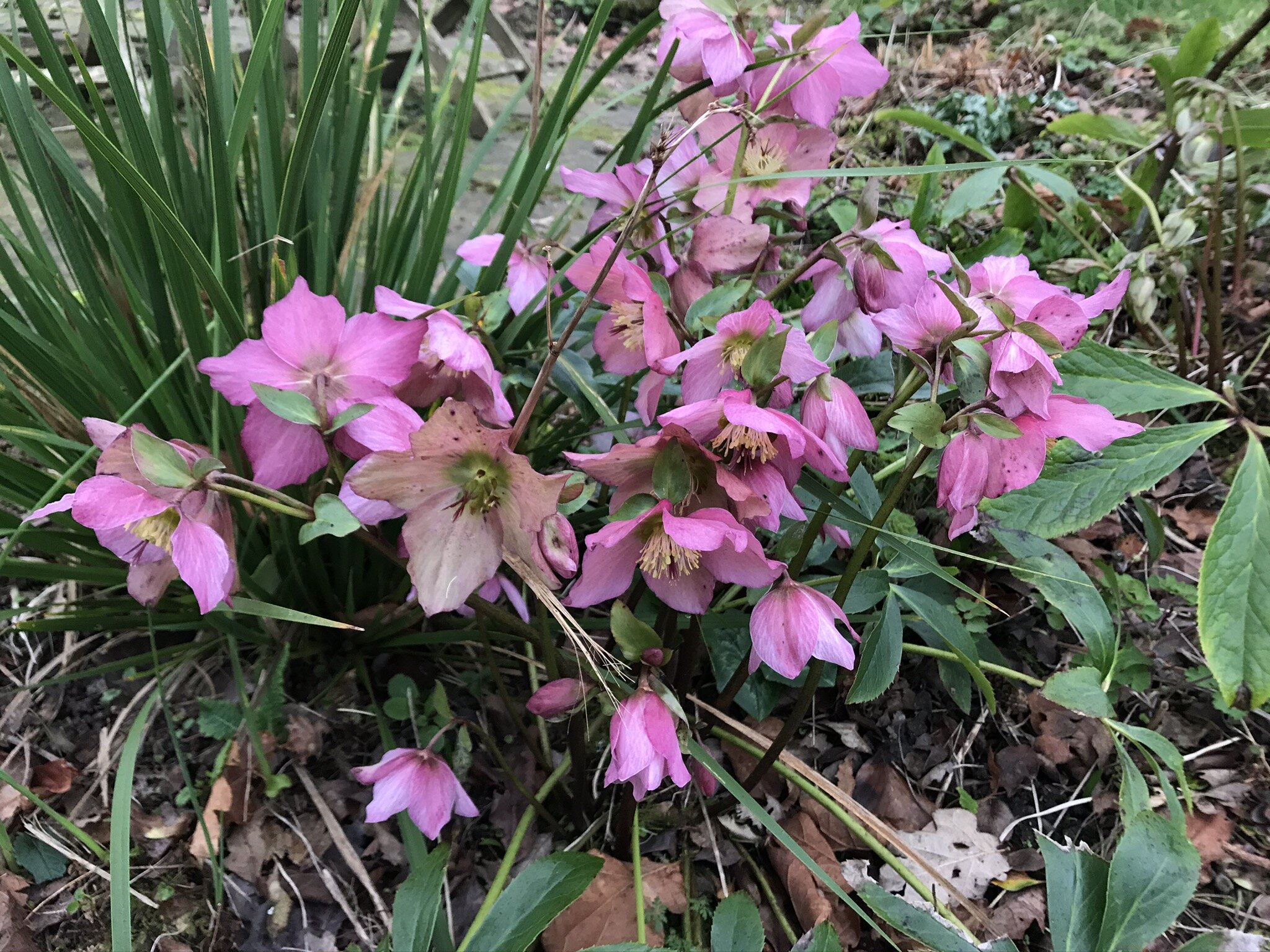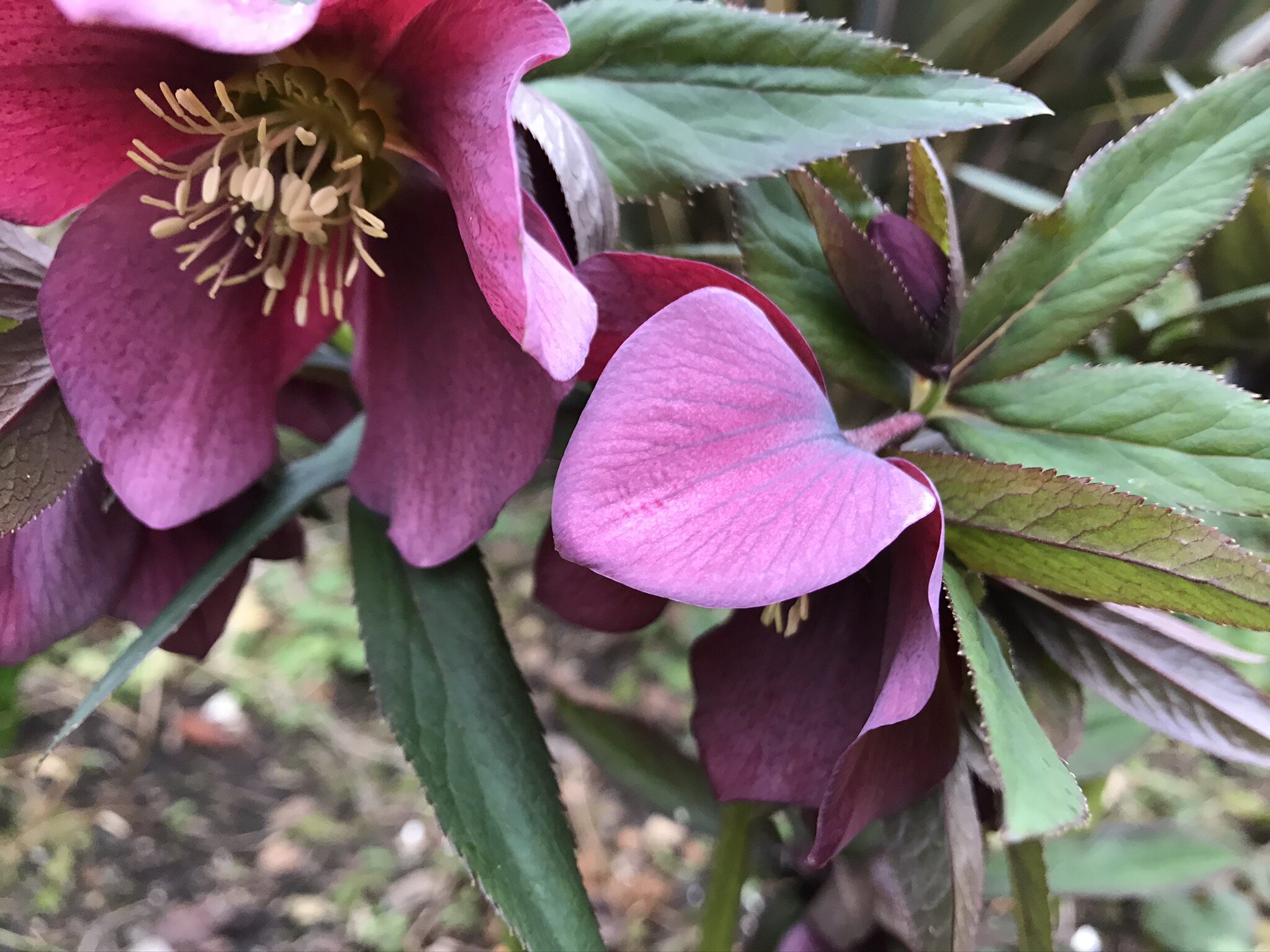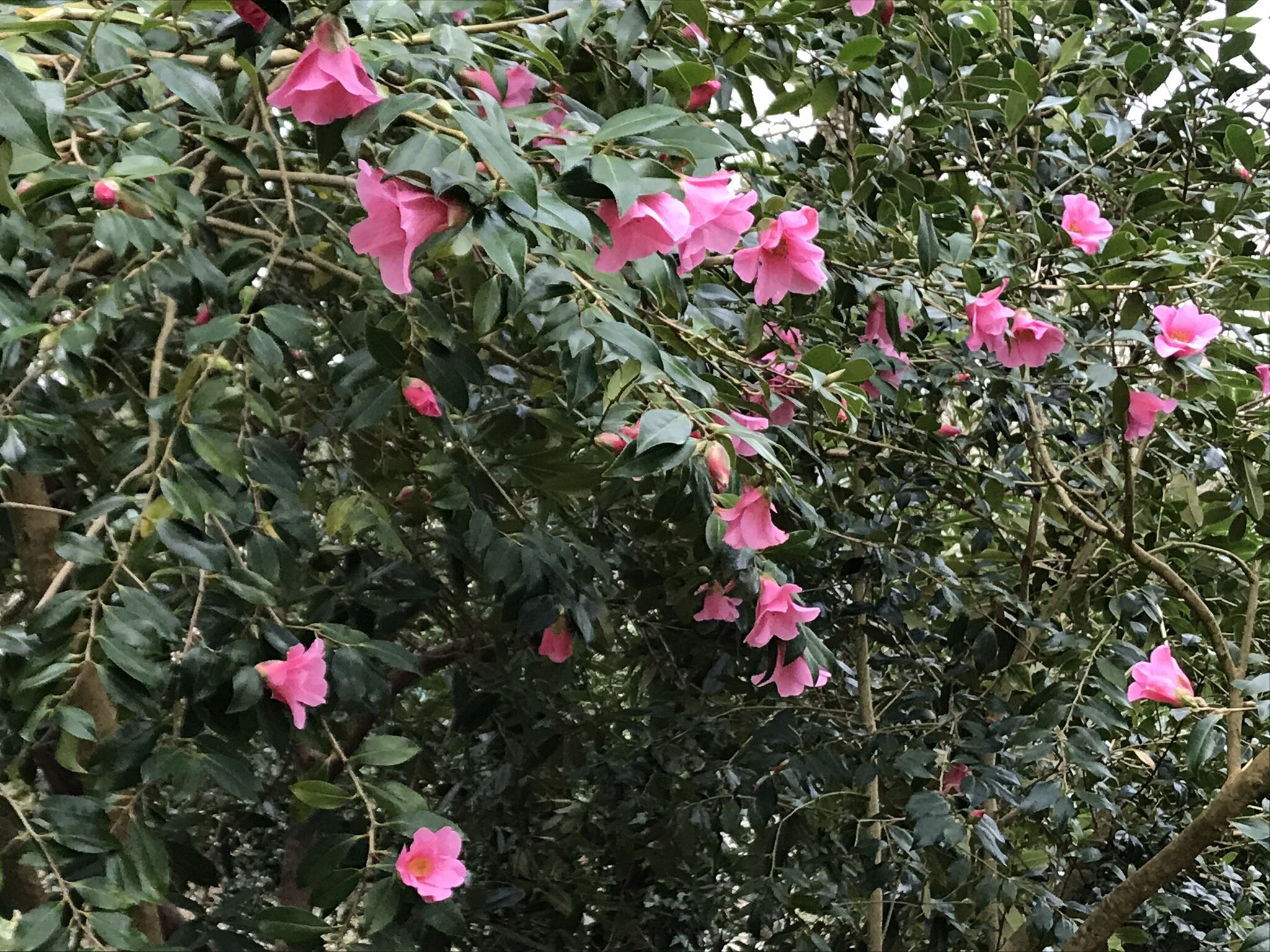Our first attempt at growing Szechuan pepper in West Devon ended in failure. The plant we collected from a local nursery in 2019 never looked very healthy, and it failed to thrive. Undaunted, we tried again the following Autumn, this time buying a larger specimen online. It did better, though a few branches succumbed to squirrel damage despite its fearsome spikey thorns. Within a couple of years, our small tree at the end of the orchard was producing its first berries, and this year, for the first time, it has produced enough to fill a small jar.
Szechuan pepper (Zanthoxylum simulans) isn’t actually a pepper at all apparently, but the dried husk of a seed. It’s part of the citrus family and has a very specific flavour: lemony and floral with a strange numbing sensation on the tongue.
There is something exciting about harvesting and drying your own pepper berries in the early autumn as the husks turn red and start to split. The smell as you harvest them is heady and truly unique, though so are those thorns. Szechuan berries never lose their intense aroma, but that aroma does soften a little as they dry, becoming less sharply citric.
Szechuan pepper is unusual in that when you dry the berries the aim is to throw away the seed kernel, which is unpleasantly bitter-tasting, keeping only the outer husk. This husk can be used whole, to add explosive texture to various Asian dishes, or ground into a powder to add the peppery heat typical of many dishes from western China (the dried husks can also be used to flavour salt). There are lots of recipes using Szechuan pepper in our favourite Chinese cook book by Fuchsia Dunlop ‘Every Grain of Rice’. We’ve loved the flavour of Szechuan pepper for years, but only recently discovered that the plant can thrive in Britain, even in the mild, wet winters of west Devon. Having a free draining soil and a sunny sheltered location is the key to success.
Even more excitingly, Jon has found that it is surprisingly easy to grow new Szechuan pepper plants from those discarded seed kernels. In 2022, he experimented with different ways to treat the seeds to aid germination: leaving them in lemon juice overnight (to mimic a bird’s acidic stomach) then putting them in the freezer for a week or so before potting in an unheated greenhouse to overwinter (Szechuan pepper seeds need frost to germinate). Jon grew on the resulting seedlings in pots for two years, repotting regularly through each growing season, and in October 2025 he planted the two strongest specimens near the original mother plant in the orchard. Hopefully in a few years these will also be providing us with generous crops of tangy berries.

